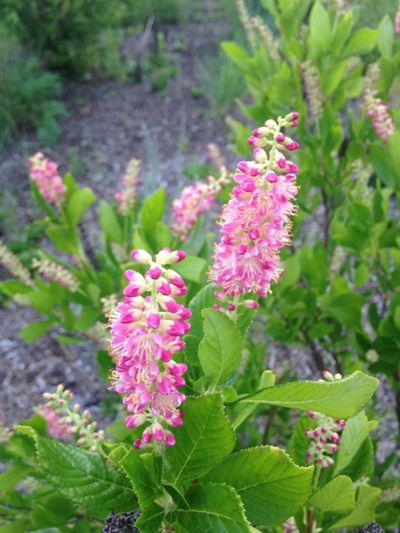Summersweet is commonly used in the landscape as either specimen or group plantings in borders or near foundations. It’s also used as a naturalizing shrub. In addition, summersweet is great for attracting pollinators, like bees and hummingbirds, to the area.
How to Grow Clethra Alnifolia
This slow-growing shrub is quite adaptable to a wide range of conditions. In fact, hardy summersweet can even handle bouts with salt spray and is hardy throughout USDA plant hardiness zones 3 through 9. To get the most from your summersweet shrub, place it in a location where it will have plenty of growing room, as this plant tends to reach anywhere from 5 to 7 feet (1.5-2 m.) in height and spreads about 6 to 8 feet (2 m.) across. It also prefers moist to wet soil that is slightly acidic. Summersweet plant can be grown in sun or partial shade.
Clethra Alnifolia Planting Instructions
If necessary to improve its structure, amend the soil in your desired planting area. Dig a hole about four times as wide as the root ball and just as deep. Make sure the shrub’s roots are not compacted, spreading out some if needed. Place the shrub in the hole and fill it with water, allowing it to absorb. Then backfill with soil and water again. To help keep weeds down and retain moisture, add a generous amount of mulch.
Clethra Alnifolia Care
Once summersweet shrub is established, little care is needed. Water deeply during periods of drought, as this plant does not like to get too dry. Since the shrub blooms on new growth, pruning can be done without any harm to the plant. Pruning is a good way to rejuvenate the shrub following the harshness of winter. Spring pruning is usually the preferred time, removing any old or weakened branches and shaping as needed.
